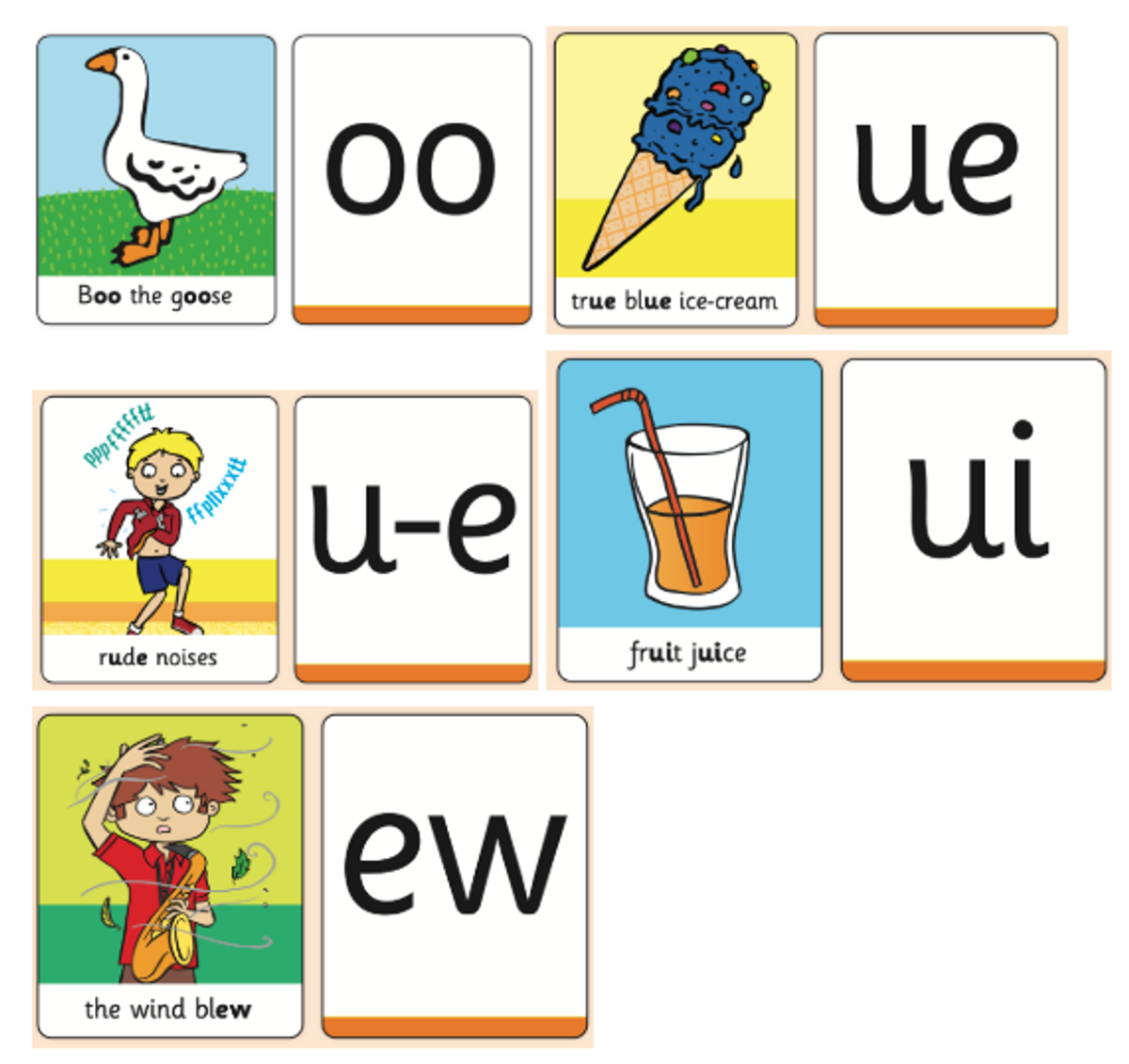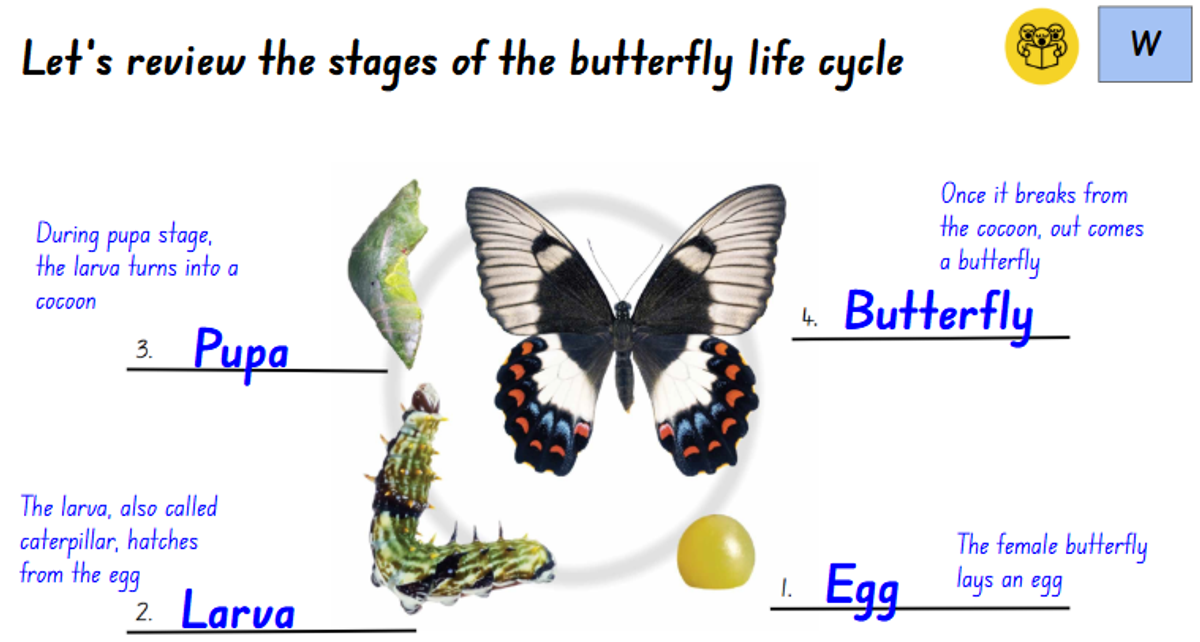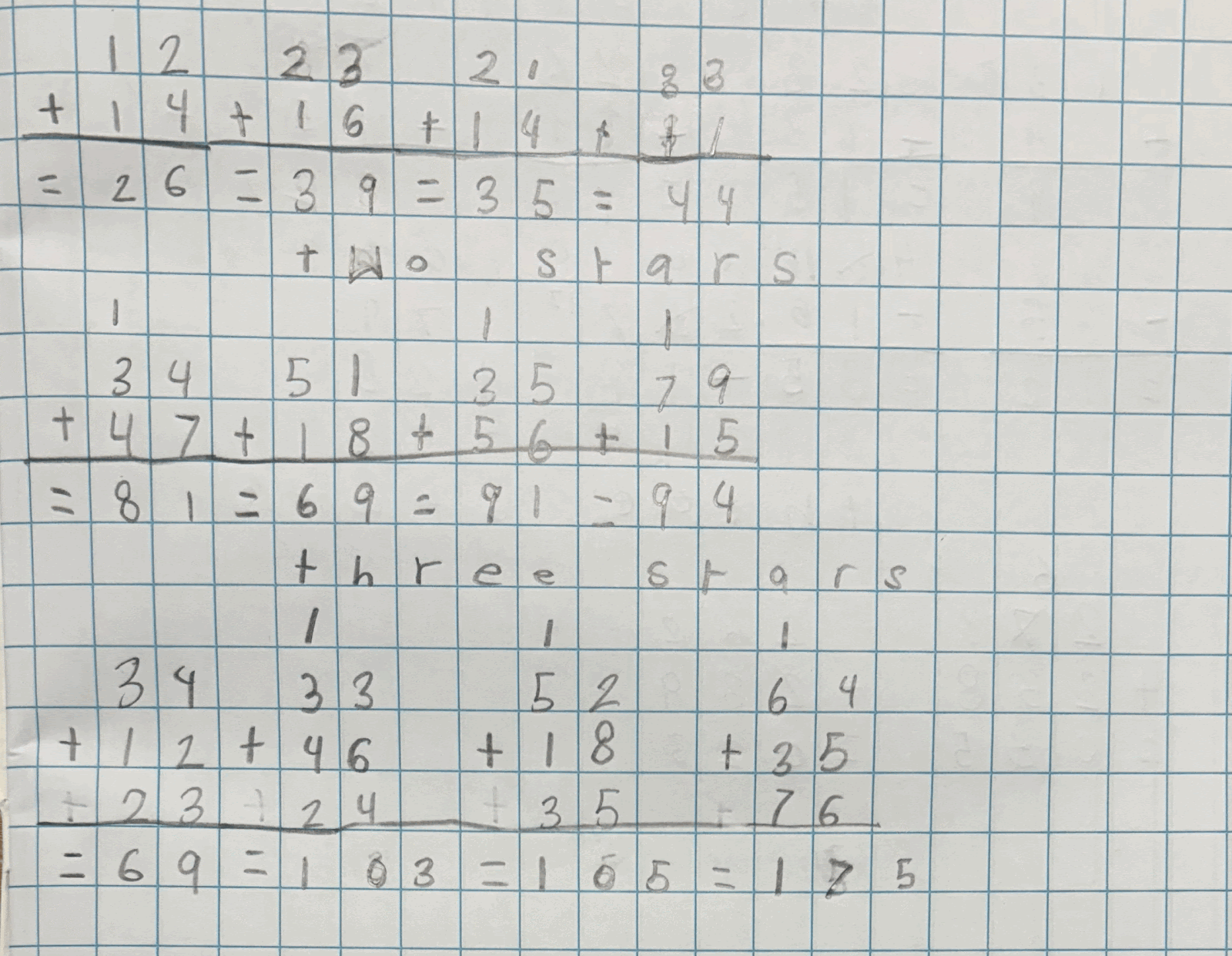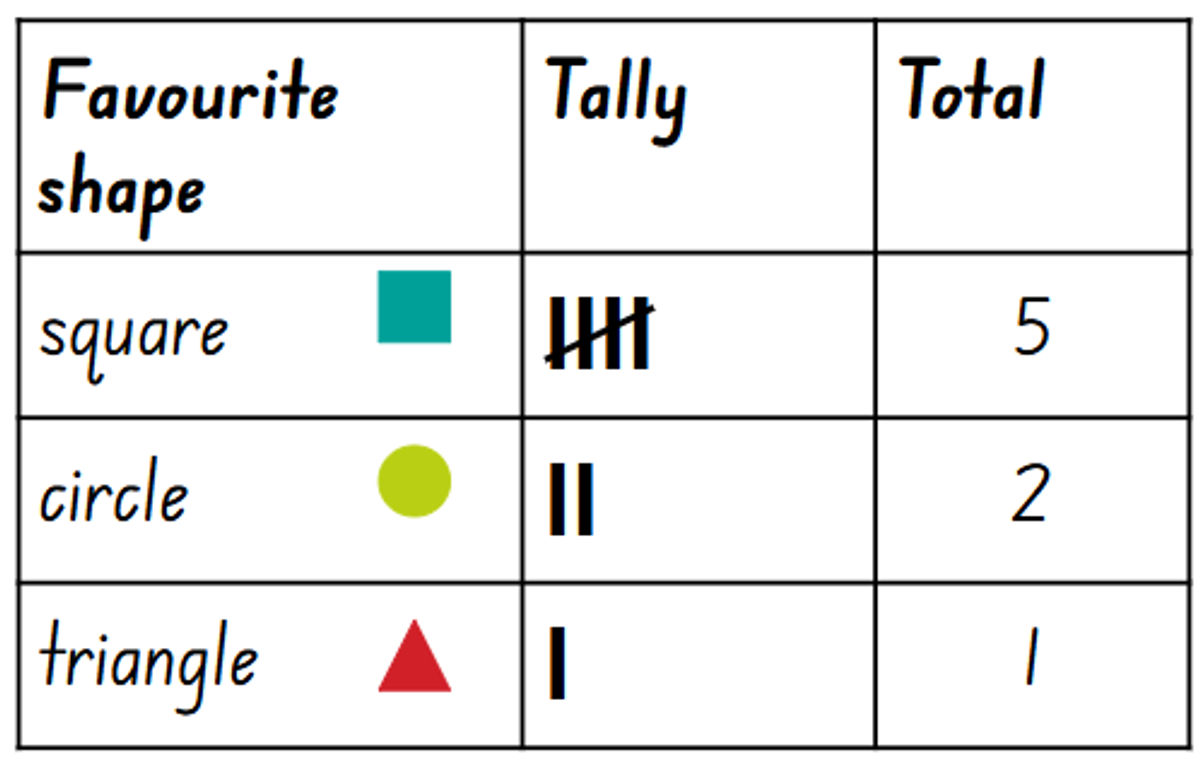Year 2
Ms Bowden (2A), Ms Harris (2B), Ms Broderick (2C), Ms Bandal (2D), Ms McInerney (2E), Ms Venditti & Ms Scott (2F) and Ms Yammouni and Ms Bowman (2G)

Year 2
Ms Bowden (2A), Ms Harris (2B), Ms Broderick (2C), Ms Bandal (2D), Ms McInerney (2E), Ms Venditti & Ms Scott (2F) and Ms Yammouni and Ms Bowman (2G)
In Phonics, students have reviewed the suffix -ing with and without doubling rule. To build on this knowledge students have been learning the rule of dropping the e when we add to a base word ends with an e before adding a suffix. We have continued to learn some new Little Learners Love Literacy Program Chitter Chatter Chants, including the split digraph u-e and ue. We have learnt that the sound is the long vowel u /yoo/ which is actually two sounds, y and oo, but we just say /yoo/. We have also learnt the /ew/ sound and the graphemes that make that sound.


In Writing, students have been forming sentences that utilise the conjunction words ‘and’, ‘but’, ‘so’, and ‘because’. They have expanded simple sentences by adding details that inform the reader of ‘when’, ‘where’ and ‘why’. Students have started to learn about information reports. We have learnt the difference between opinions and facts and started looking at language features that will be used when writing information reports such as descriptive words, conjunctions, writing in present tense and including factual information.
In Knowledge, students have continued to learn about the different features that make up an insect. We know that insects have no backbone but instead have a hard exoskeleton that acts as a suit of armour to protect them from predators. Insects can also have two pairs of wings, the top pair are called elytra. Students also have looked at life cycles of different insects, including the complete metamorphosis of a butterfly.


As a part of our knowledge unit, our students participated in a minibeast incursion. We were able to share so much of our insect knowledge while participating in activities such as examining insects with microscopes, insect roleplay and feeding butterflies. Students enjoyed getting up close and personal with different kinds of insects.
In Numeracy, students have been developing their skills in adding and subtracting using the vertical algorithm. We began by using bundling sticks to support their understanding of renaming—exchanging 10 ones for 1 ten—and then progressed to using Base 10 blocks for more visual and hands-on practice. Students have confidently learnt how to add two-digit numbers with renaming and are now working on subtracting with renaming. To reinforce these concepts, we’ve been playing engaging math games that make practising renaming both fun and meaningful. An exciting milestone is that we’ve started using our grid books, which are helping students set out their vertical algorithms neatly and accurately.


Students have also learnt to give and receive instructions to get from one location to another. Students demonstrated their understanding by using directional language such as “forwards”, “backwards”, “left” and “right” to lead their friends from a starting point to an ending point.
We have also begun learning how to pose a variable question and collect data. Students had fun surveying their classmates about different questions, then recording their data using a tally chart. Students will go on to represent their data in a picture graph next.


Students have had the opportunity to practise mindfulness through participating in yoga. Upon reflection, students practise how to describe and recognise how their emotions change after being mindful.
You can practise mindfulness at home too. Remind your child that being mindful is about thinking about our thoughts and feelings, focusing on our minds and bodies right now in the present instead of thinking about what might have happened yesterday or last week, or what might happen tomorrow. When we are mindful, we feel calm and content and this helps our brains to not feel so worried or confused. Here are some useful links:
Cosmic Kids Yoga: https://www.youtube.com/user/cosmickidsyoga
Yoga for Kids: https://www.youtube.com/watch?v=X655B4ISakg&t=1s
In Auslan, students have learnt to describe the size and shapes of objects. They have also practised picnic lunch signs such as picnic, basket, rug, sandwich, cheese, meat, lettuce, nuts, cake, water, roll, biscuit, rice and noodles. Students will go on to learn home appliances next, as well as medical signs.